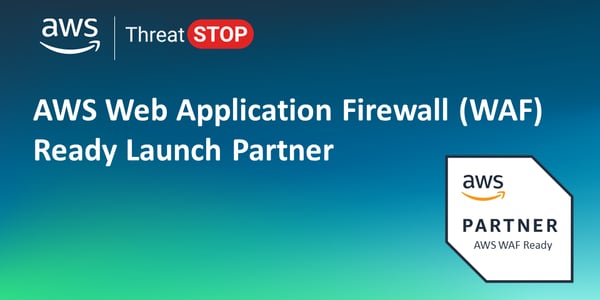January 4, 2011 • francisturner
ThreatSTOP blocks new Waledac/Storm worm DNS
2Min read
•
Botnets,
Call Home,
dns,
News/Announcements,
ShadowServer,
Specific Threats,
ThreatSTOP in use


